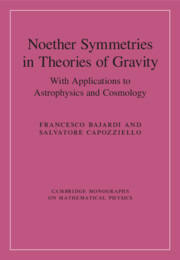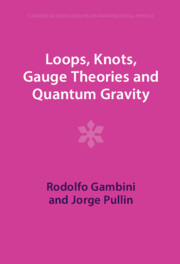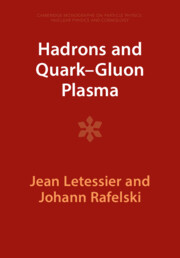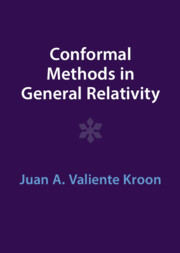Refine listing
Actions for selected content:
16950 results
Foreword
-
- Book:
- Understanding Life in the Universe
- Published online:
- 28 October 2022
- Print publication:
- 17 November 2022, pp xiii-xiv
-
- Chapter
- Export citation
Summary of Common Misunderstandings
-
- Book:
- Understanding Life in the Universe
- Published online:
- 28 October 2022
- Print publication:
- 17 November 2022, pp 154-156
-
- Chapter
- Export citation
6 - Life in Other Planetary Systems
-
- Book:
- Understanding Life in the Universe
- Published online:
- 28 October 2022
- Print publication:
- 17 November 2022, pp 91-107
-
- Chapter
- Export citation
Copyright page
-
- Book:
- Understanding Life in the Universe
- Published online:
- 28 October 2022
- Print publication:
- 17 November 2022, pp vi-vi
-
- Chapter
- Export citation
References and Further Reading
-
- Book:
- Understanding Life in the Universe
- Published online:
- 28 October 2022
- Print publication:
- 17 November 2022, pp 157-168
-
- Chapter
- Export citation
3 - Evolution – Here and Elsewhere
-
- Book:
- Understanding Life in the Universe
- Published online:
- 28 October 2022
- Print publication:
- 17 November 2022, pp 39-60
-
- Chapter
- Export citation
7 - The Nature of Extraterrestrial Life
-
- Book:
- Understanding Life in the Universe
- Published online:
- 28 October 2022
- Print publication:
- 17 November 2022, pp 108-128
-
- Chapter
- Export citation
Preface
-
- Book:
- Understanding Life in the Universe
- Published online:
- 28 October 2022
- Print publication:
- 17 November 2022, pp xv-xvi
-
- Chapter
- Export citation
2 - Where in the Universe to Look?
-
- Book:
- Understanding Life in the Universe
- Published online:
- 28 October 2022
- Print publication:
- 17 November 2022, pp 20-38
-
- Chapter
- Export citation
5 - Life in the Solar System
-
- Book:
- Understanding Life in the Universe
- Published online:
- 28 October 2022
- Print publication:
- 17 November 2022, pp 77-90
-
- Chapter
- Export citation
Reviews
-
- Book:
- Understanding Life in the Universe
- Published online:
- 28 October 2022
- Print publication:
- 17 November 2022, pp vii-viii
-
- Chapter
- Export citation
8 - Intelligence – Here and Elsewhere
-
- Book:
- Understanding Life in the Universe
- Published online:
- 28 October 2022
- Print publication:
- 17 November 2022, pp 129-150
-
- Chapter
- Export citation
1 - The Search for Extraterrestrial Life
-
- Book:
- Understanding Life in the Universe
- Published online:
- 28 October 2022
- Print publication:
- 17 November 2022, pp 1-19
-
- Chapter
- Export citation
Concluding Remarks
-
- Book:
- Understanding Life in the Universe
- Published online:
- 28 October 2022
- Print publication:
- 17 November 2022, pp 151-153
-
- Chapter
- Export citation
4 - The Key Concept of Habitability
-
- Book:
- Understanding Life in the Universe
- Published online:
- 28 October 2022
- Print publication:
- 17 November 2022, pp 61-76
-
- Chapter
- Export citation
Figure Credits
-
- Book:
- Understanding Life in the Universe
- Published online:
- 28 October 2022
- Print publication:
- 17 November 2022, pp 169-169
-
- Chapter
- Export citation

Noether Symmetries in Theories of Gravity
- With Applications to Astrophysics and Cosmology
-
- Published online:
- 10 November 2022
- Print publication:
- 24 November 2022

Loops, Knots, Gauge Theories and Quantum Gravity
-
- Published online:
- 10 November 2022
- Print publication:
- 16 February 2023
-
- Book
-
- You have access
- Open access
- Export citation

Hadrons and Quark–Gluon Plasma
-
- Published online:
- 04 November 2022
- Print publication:
- 09 February 2023
-
- Book
-
- You have access
- Open access
- Export citation

Conformal Methods in General Relativity
-
- Published online:
- 04 November 2022
- Print publication:
- 09 February 2023
-
- Book
-
- You have access
- Open access
- Export citation
